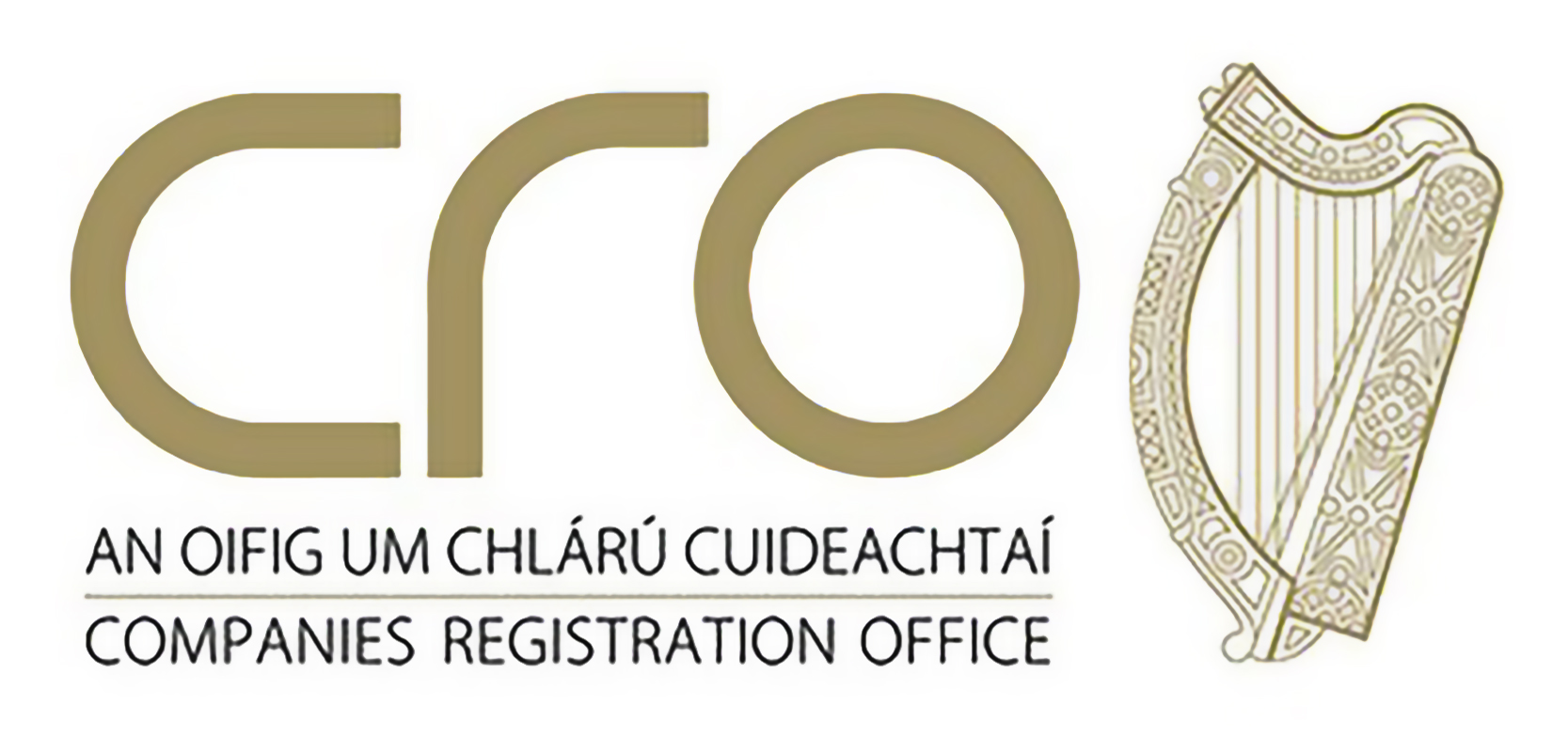Ellis & Ellis are frequently approached by clients requesting our expertise in researching the ownership of properties in Ireland. The reasons for seeking ownership details can by manifold from tort (slip, fall or injury), commercial interest (purchase), asset discovery (debt recovery), or evidentiary (chain of title for conveyancing, right of way) purposes and so on.
By way of providing a greater appreciation of our company’s offering, we have elaborated (below) on some of the repositories visited, resources accessed, methodologies applied, and display our deep sectoral knowledge in meeting these needs for our clients.
Land Records in Ireland – Repositories for Identifying Ownership
In Ireland, under the umbrella of Tailte Éireann (Irish Land) there are two principle state bodies, i.e., the Land Registry and the Registry of Deeds, who are responsible for administering and adjudicating on matters pertaining to real estate as they affect the respective registers which they are authorised to maintain.
The Land Registry, which deals with registered title on land, estimates that some ‘…90% of the legal titles in Ireland are now registered in the Land Registry…’. Once registered as folios, these (State guaranteed) titles to property, set out the related minutiae about a property, such as a description, details of any parts transferred, particulars of ownership, and other specifics about charges, rights of way, burdens, etc.
However, the Registry of Deeds (ROD), it must be emphasised, is not a property register but merely an index of ‘Grantors Names’. When established in 1708, it’s intended purpose was to ‘…allowing parties to register and file memorials of deeds or transfers of unregistered land…’. As such, the remaining 10% of properties are considered as “Unregistered title”, which is defined by the Registry of Deeds as ‘…property the title to which is not registered or deemed to be registered in the Land Registry under the Registration of Title Act 1964…’.
A third avenue of ownership research rests with the Valuation Office who are the custodians to the Valuation Office Revision Books. These can best be described as manuscript copies of the initial rateable valuation, along with records of any changes to the lessors, lessees, acreage, developments, or value of a holding that have been rated for taxation purposes. These records can provide an invaluable resource for genealogical, historical and contemporary research.
Lastly, a less accessible but equally useful source of ownership identification are the records of the Irish Land Commission (ILC). Dating back to 1881, its founding principle was to oversee the dissolution of large land estates and enable tenants to purchase the subdivided holdings. While the commission was dissolved on 31 March 1999 its historic records were transferred to the Department of Agriculture and remain an important resource for understanding historical land ownership, and the progression of the transfer of real estate over time.
So how should these repository’s records be used when investigating ownership of title in a property/ right/ interest?
Step 1 – Land Registry Records
Because 90% of land is registered title, plus the fact that Tailte Éireann (Irish Land) considers the Land Registry folios to be ‘…conclusive evidence of title to property and any right, privilege, appurtenance or burden appearing thereon…’ typically this repository’s records are the first port of call in an investigative process.
There are three approaches to consider when searching for a folio in the Land Registry registers as follows: –
- By Number: It is not untypical for the purchasing solicitor/ conveyancer to have the folio reference number to hand as part of the sellers’ book of title. Folio searches as such are conducted against the unique folio number, which will follow a county/ number/ letter (none) format, e.g., CK5678F. In this sample, this is a freehold (permanent tenure/ no term limit) title for lands in county Cork.
- Mapping Search: If the folio number is not known to the purchasing solicitor/ conveyancer then a mapping search to identify same can be conducted. This involves comparing/ matching a current Ordnance Survey (OS) mapped area, against the Land Registry maps. Each mapped area in the Land Registry maps will have a corresponding folio number.
- Registered Ownership Search: Should the folio number or exact location be not known to the purchasing solicitor/ conveyancer, then a search to establish the folio number can be conducted in the Land Registry Names Index against an owners first name, last name, and a specific county. Having identified potential folio numbers associated with the names searched, it might then be possible to compare the folio file plan with the known lands for sale or other known details on title for matching purposes.
However, what if searching in the Land Registry does not provide the required ownership details?
Step 2 – Valuation Office
Naturally one might think that if a property is not recorded in the Land Registry that it is by default unregistered title and therefore details of ownership reside with the Registry of Deeds. This is somewhat correct.
However, as mentioned previously, the ROD only maintains a searchable ‘Index of Names’ for sellers, lessors or borrowers who have recorded transfers or re-assignments of a property, right or interest for unregistered title with the office of the Registry of Deeds’.
So, in order see a conveyance into a current owner, a searcher would have to conduct a search against the original seller/ vendor/ grantor which may or may not be known. Moreover, a compounding obstacle is that there are no maps associated with the ROD registers.
So how do we square that particular circle? We attend at the Valuation Office.
Typically, Law Searchers like Ellis & Ellis would conduct a Valuation Office search by comparing a current Ordnance Survey map, which has had the area of interest clearly marked, against the official Valuation Office maps.
The intention here is to first identify the various matching rateable ‘plots’ of land, which in turn will ideally identify the last rated occupiers (not owners) associated with those lands.
Step 3 – Registry of Deeds
Depending on what the Valuation Search returns we would usually conduct follow-on searches in the Registry of Deeds to establish if a rated occupier is also the owner. If the last rated occupier transpires not to be the owner, we would repeat the process by searching the second last rated occupier, and so on and so forth.
Invariably, but not always, rated occupiers will emerge to be the registered owners.
While this three-step process is usually enough to identify ownership, deeper more involved research might be required with the Irish Land Commission (ILC) records.
Use a trusted Law Search provider
As demonstrated above, Ellis & Ellis retain a broad and deep knowledge of its sources and in and apply practical commerciality on how best to maximise this information for their clients.
With our blend of a quick and easy-to-use ordering platform at www.ellis.ie , over 130 years of professional know-how, and a quality after-sales experience, we provide clients with a superior searching service.
For added peace of mind Ellis & Ellis provide substantial Professional Indemnity Cover.
Why not join the 1000’s of users who trust Ellis & Ellis to deliver them a competitive edge?
Did you find the above information to be of interest? Why not check out one of our other Ellis & Ellis explainers for some related searches below; –









